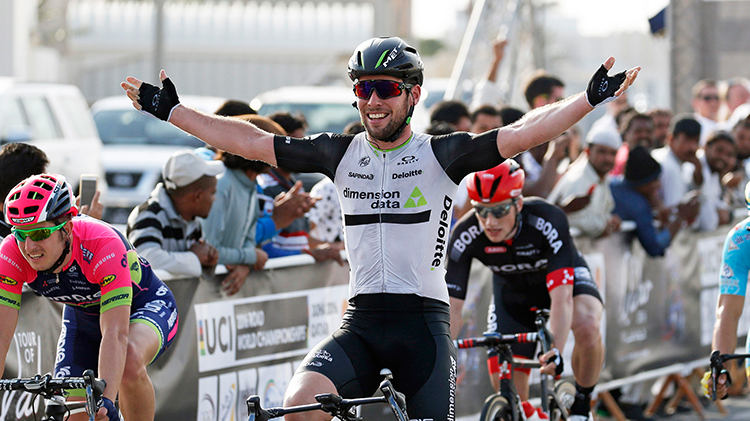

The Tour de France is the world’s single biggest annual sporting event, attracting millions of television viewers and spectators every July for the three week, 3,500km test of endurance around the country.
In a sport where “marginal gains” can make all the difference, technology has always been seen as a way of improving performance by professional cycling teams. But the way the race itself has been organised, analysed, and projected has always been a bit tricky.
But last year, the 102nd running of the race, saw the first introduction of a partnership with Dimension Data, which overhauled the way that media, race organisers and the public engaged with the event.
When Dimension Data first began working with the Tour last year, it was a part of a major change in direction from the race’s organiser, the ASO (Amaury Sport Organisation).
The ASO carried out research into how the race was perceived by viewers of all ages across several nations, and found that the Tour, and cycling as a whole, faced a number of issues in both drawing new fans and keeping the old.
Chief amongst these was often a perceived lack of information on what exactly was going on in the race, as keeping track of 198 riders across a day’s racing, particularly in a mountainous stage where the peloton breaks up into many fractured groups, can be tricky.
When sent back to a following car before being beamed to the company’s data truck at the finish line via helicopter, this information was freely sent to media, race organisers and a number of online sources for fans to track the race.
This provided an unprecedented wealth of data, allowing commentators more details on exactly what was going on, letting teams track their riders, and allowing fans to follow their favourites, all at once.
Using its platform, the company was able to process between four and six million records each stage, all in real time, which was then disseminated to a number of welcome recipients.
The 2015 Tour de France proved to be one of the most popular events in the sport’s history, with increased television viewing figures and online interactions across official websites and social media.
“Much like the individual athlete is evolving, the whole experience of professional cycling will evolve – it has to,” Foster said. “When the world is watching, failure is simply not an answer.”
The company will bring an upgraded and more powerful data truck (pictured above) to the 2016 Tour de France and will be overseeing the whole processing service end-to-end, with representatives from broadcasters, digital graphics and overseer EuroMedia all working together alongside Dimension Data’s team.
In the future, Foster is also hoping to extend Dimension Data’s offering to more sports, including mass participation events such as marathons and triathlons, allowing competitors and fans more engagement than ever before.
But the company’s platforms can work across multiple sports, he notes, adding that any sport that involves gambling is open to their work due to the many new horizons it can offer.
“Our solutions are fully scalable…we have an infinite capacity for information – we haven’t even touched the surface yet,” Foster said.
Do you know all about the links between technology and sport? Try our quiz!
Nvidia to partner with TSMC, Foxconn, Wistron, Amkor and SPIL to build $500 billion (£377…
American think tank warns about possible threat to US defence, after China imposes rare earth…
China is reportedly pursuing three alleged US NSA operatives, after cyberattacks on Chinese infrastructure
Chip making giant ASML mirrors other equipment makers, and outlines financial impact of Donald Trump's…
AI is transforming cybersecurity, offering faster defence and smarter attacks. Learn how businesses can harness…
Search engine giant being sued for £5 billion ($6.64 billion) damages over allegations for online…